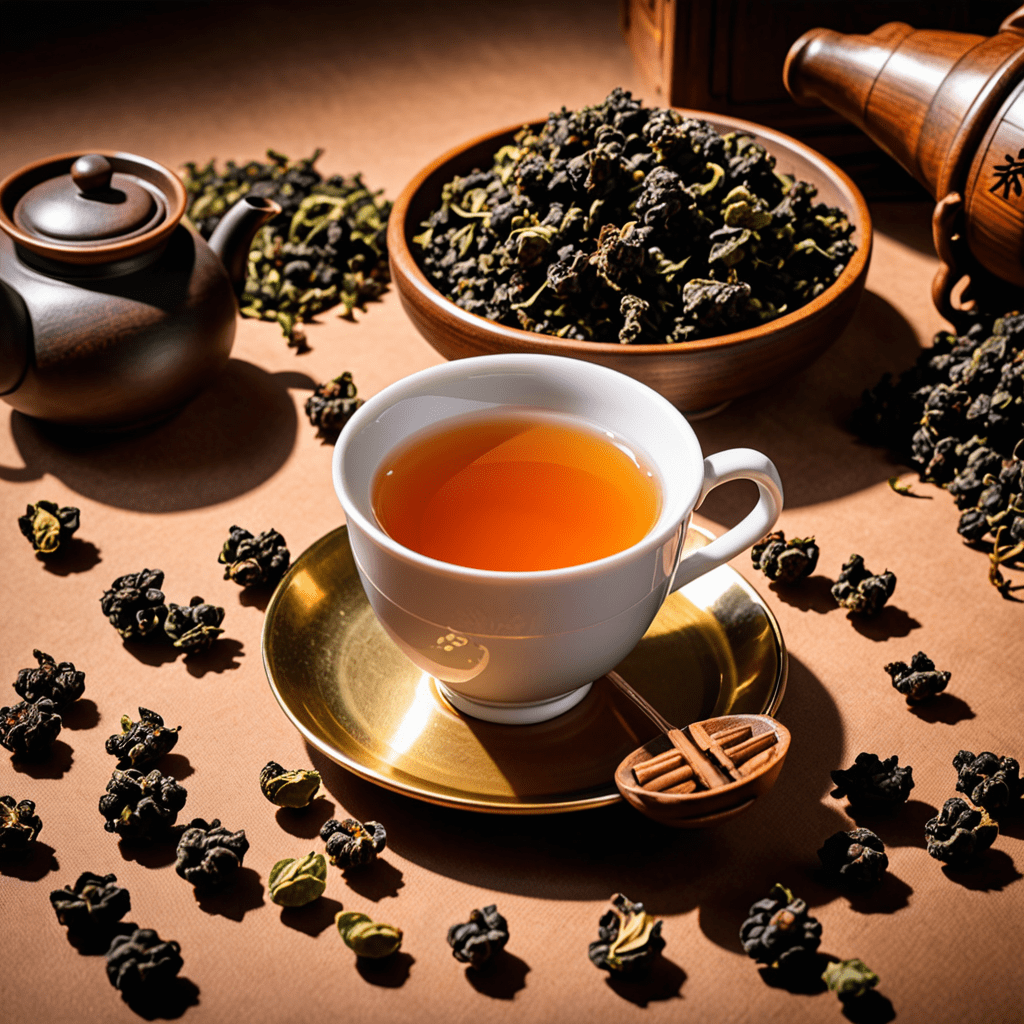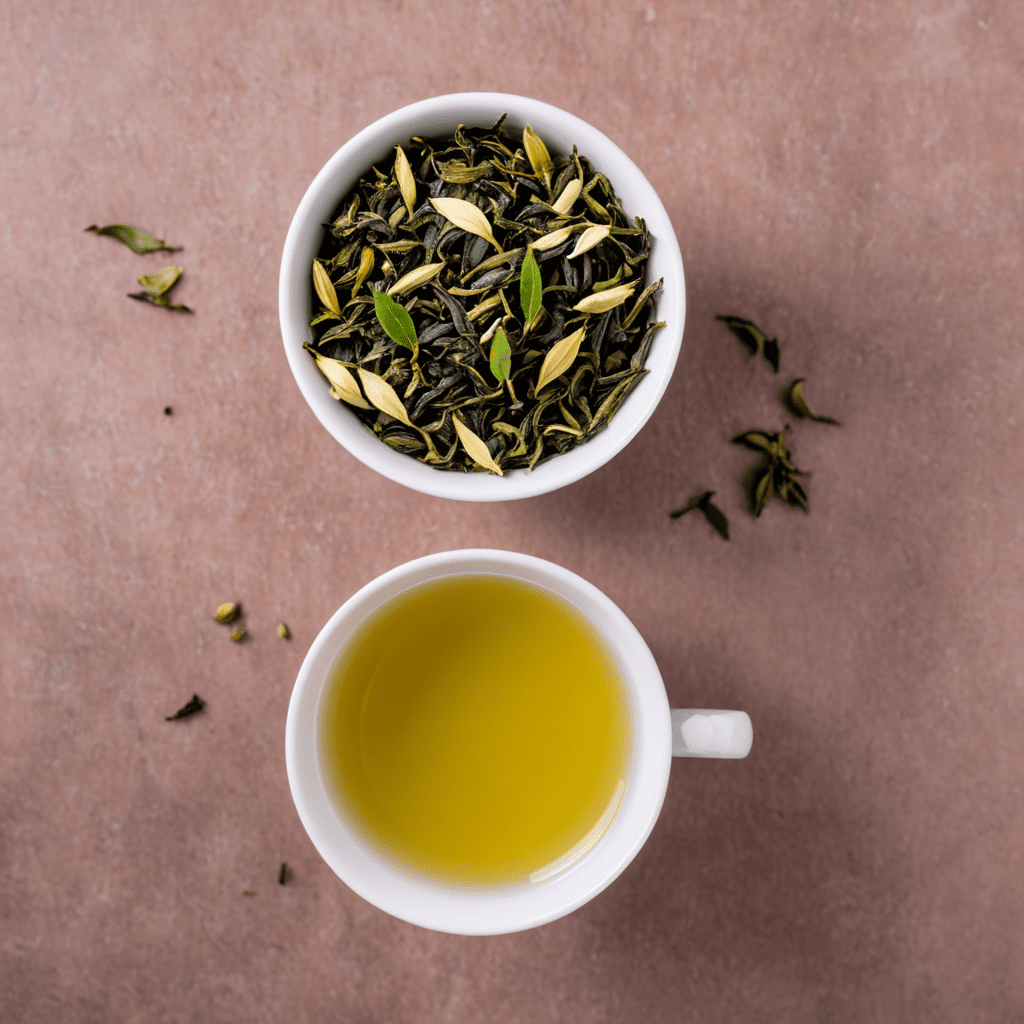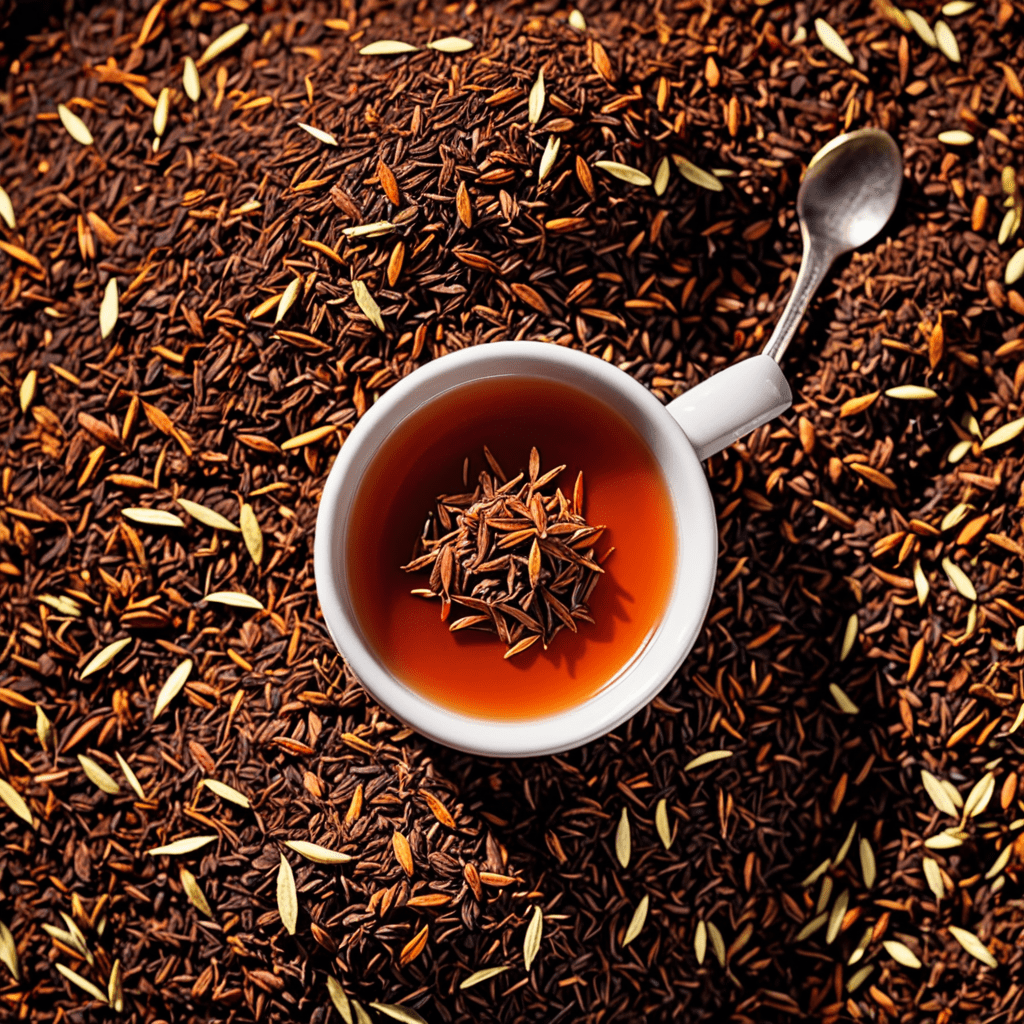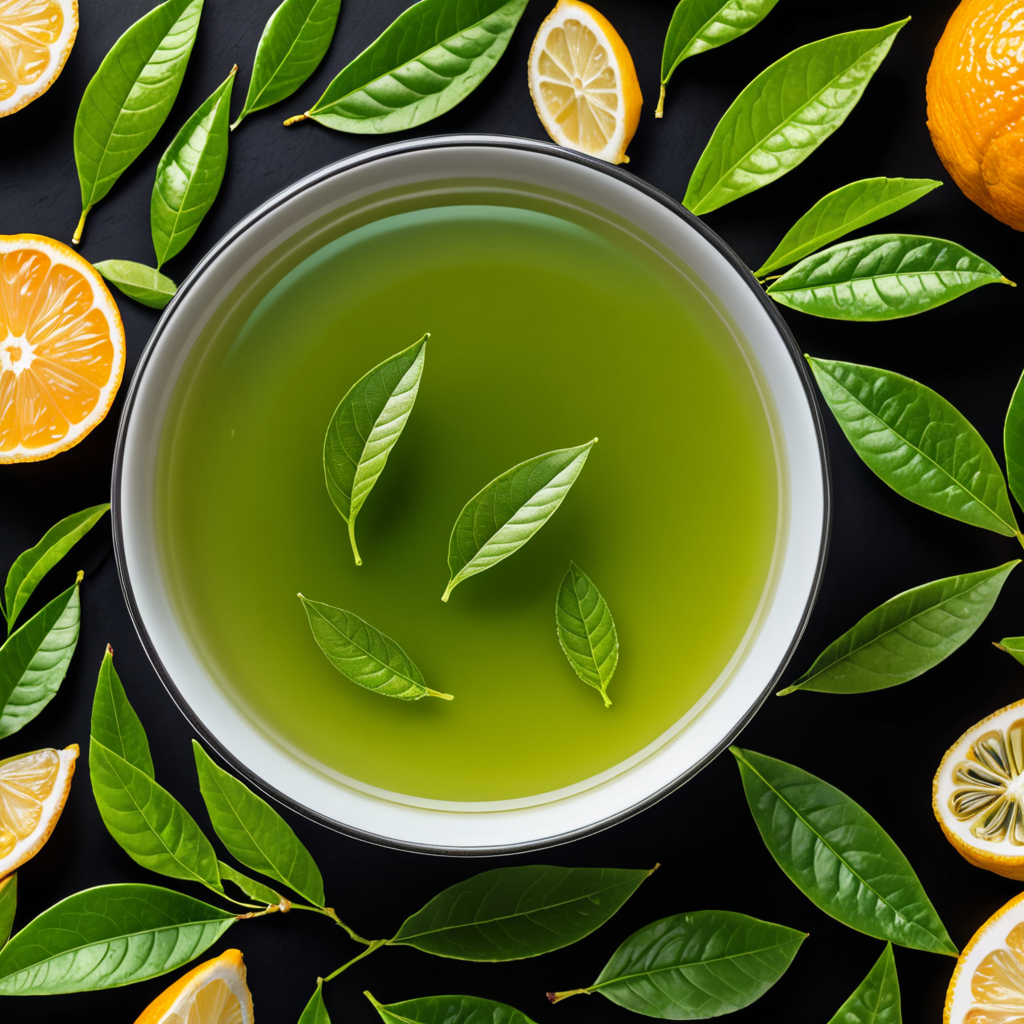
Oolong Tea: The Art of Tea Tasting
Tea lovers around the world appreciate the complexity and delicacy of oolong tea. In this guide, we will delve into the fascinating world of oolong tea tasting, exploring the techniques and nuances that make this tea truly exceptional.
The Origins of Oolong Tea
Oolong tea, also known as Wu Long tea, has a rich heritage dating back centuries in China and Taiwan. Its production involves a unique process that combines elements of both green and black tea, resulting in a partially oxidized tea with a diverse range of flavors.
Understanding Oolong Tea Varieties
There is a wide variety of oolong teas available, each with its own distinct characteristics based on factors such as oxidation levels, processing methods, and terroir. From light and floral to dark and roasted, oolong teas offer a spectrum of aromas and flavors for tea enthusiasts to explore.
The Importance of Tea Tasting
Tea tasting is an art that allows us to fully appreciate the nuances of oolong tea. By engaging our senses of sight, smell, and taste, we can discern the intricacies of each tea leaf and brewing technique, enhancing our overall tea-drinking experience.
Key Steps in Tea Tasting
When tasting oolong tea, it is essential to pay attention to the appearance of the dry leaves, the aroma of the brewed tea, and the flavor profile upon sipping. Taking note of the tea’s color, aroma intensity, and taste characteristics can help us understand and enjoy the tea to its fullest.
Developing a Palate for Oolong Tea
Like wine or coffee, developing a palate for oolong tea takes time and practice. By tasting a diverse selection of oolong teas and paying close attention to the differences in aroma, flavor, and mouthfeel, we can train our taste buds to appreciate the subtleties of this remarkable beverage.
Pairing Oolong Tea with Food
Oolong tea’s versatility makes it an excellent companion to a variety of dishes. From light and floral oolongs that complement seafood and salads to bold and roasted oolongs that stand up to rich meats and desserts, there is a perfect oolong tea pairing for every meal.
Conclusion
In conclusion, the art of tea tasting adds a layer of enjoyment and mindfulness to the experience of drinking oolong tea. By savoring each sip and exploring the diverse world of oolong varieties, we can deepen our appreciation for this sophisticated beverage and all it has to offer.
FAQ About Oolong Tea Tasting
What is Oolong Tea?
Oolong tea is a traditional Chinese tea known for its unique processing method that falls between black and green tea. Its leaves are partially oxidized, giving it a diverse range of flavors and aromas.
How is Oolong Tea Tasted?
Oolong tea tasting involves multiple steps. Start by examining the dry leaves for color and shape, then inhale the fragrance. Steep the leaves and observe the infused liquor color before sipping. Swirl the tea in your mouth to fully experience its taste and finish.
What Factors Affect Oolong Tea Flavor?
The flavor of Oolong tea can be influenced by various factors such as the tea bush variety, terroir, oxidation level, processing techniques, and brewing methods. Each of these aspects contributes to the overall taste profile of the tea.
How Can I Develop a Palate for Oolong Tea?
To enhance your palate for Oolong tea, practice mindful tasting sessions. Pay attention to the tea’s appearance, aroma, taste, and mouthfeel. Experiment with different Oolong varieties to explore the diverse spectrum of flavors this tea offers.
What are Some Tips for Oolong Tea Tasting?
When tasting Oolong tea, use


